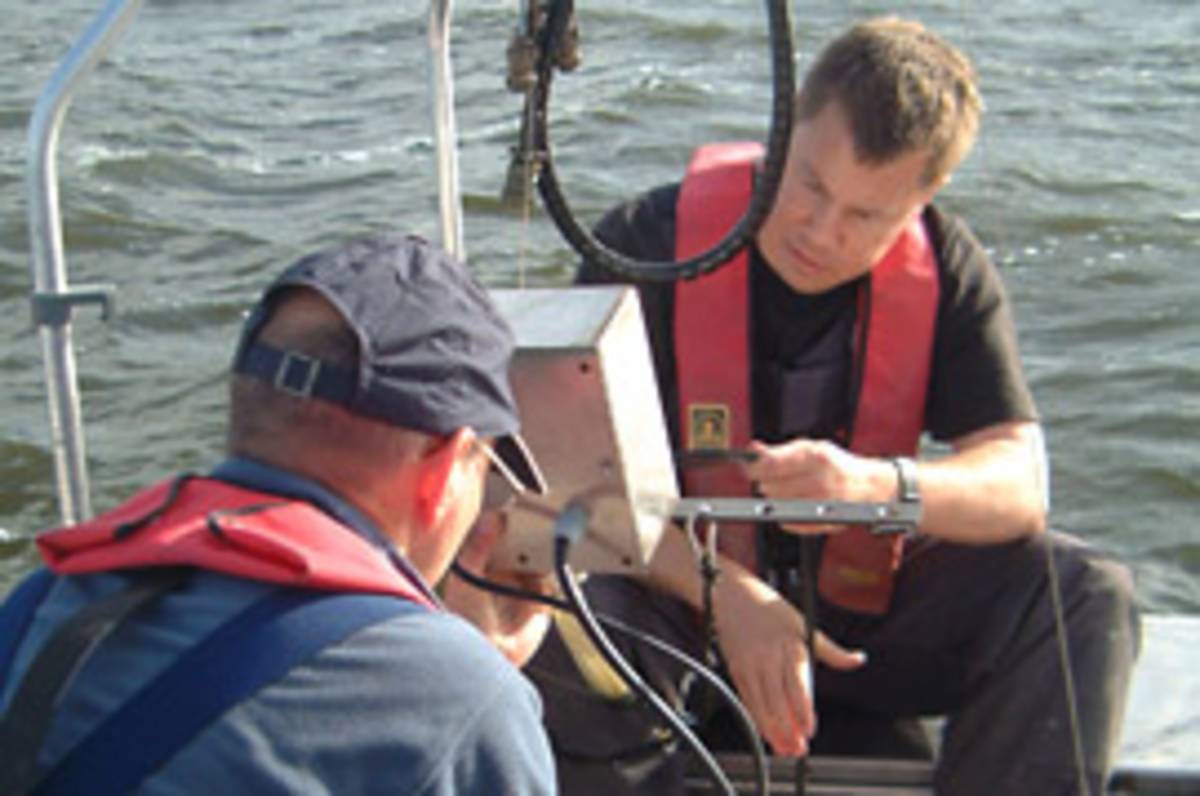UKCEH Lake Observatories
Short description:
Our lake monitoring sites in England and Scotland are significant for the breadth of science they support and the length of the environmental record. UKCEH holds more than 420 lake-years of data, making this the world’s largest long-term lake monitoring programme.
Major research issues/sites:
Long-term data give us the power to detect and attribute the causes of environmental change, and to provide insights into how lakes function. Lakes are excellent systems for developing and testing new hypotheses and ecological theories. Our long-term lake monitoring data are now supplemented by high-frequency data collections that provide almost real-time information on lake condition and function, which is particularly valuable for lake modelling.
Lake research is important because lakes provide a diversity of ecosystem services that support our health and well-being; these include water supply, flood regulation, fishing and tourism. We work with a range of stakeholders in our lake catchments to understand the value of lake ecosystems to society and how the environmental changes that we have observed can affect the goods and services delivered. However, lakes are extremely sensitive to pressures that operate at global, regional and local scales, making them good sentinels of environmental change. The process-based understanding that our research delivers provides the scientific evidence used by lake and reservoir managers globally, and informs our research on lake restoration.
The Cumbrian Lakes
Few areas of the world have as rich a limnological heritage as the English Lake District. The lakes of Cumbria were formed by glaciation around 15,000 years ago. They comprise more than 300 lakes and tarns and their high diversity in size and chemistry makes them an extremely valuable scientific asset. They are located in a region of natural beauty which attracts around 15 million visitors every year, who are important for the local economy, and lie within a UNESCO World Heritage site.
We conduct regular monitoring on the two basins of Windermere, England’s largest natural lake (15km2 with a maximum depth of 64m), Esthwaite Water (1.0 square kms and Blelham Tarn (0.1km2). Research on these lakes was initiated by the Freshwater Biological Association but UKCEH has maintained this work for the last 30 years. Currently, the monitoring programme involves collecting:
- Fortnightly data for a suite of physical, chemical and biological variables including temperature and oxygen profiles, Secchi depth, nutrients, pH, alkalinity, phytoplankton chlorophyll a & species composition, and zooplankton density.
- Population data for Arctic charr, perch and pike annually for both basins of Windermere.
- High-frequency meteorological and limnological data from automatic water quality monitoring stations at three sites.
In addition, quinquennial, seasonal surveys of 20 Cumbrian lakes, the "Lakes Tour", are undertaken in conjunction with stakeholders.
Data from Windermere and Esthwaite Water contribute to the Environmental Change Network.
Loch Leven
Loch Leven is the largest shallow loch in lowland Scotland. It has a surface area of 13.7 km2, a mean depth of 3.9m, a maximum depth of 25.5m, and is surrounded by a catchment area of about 145 km2. Catchment land use is mainly rural or agricultural, with some small towns and villages. The loch is a world famous trout fishery and an internationally important nature reserve that attracts the largest concentration of breeding ducks in the UK and provides an autumn and winter refuge for thousands of migratory ducks, geese and swans. it is also a site of cultural significance that attracts more than 100,000 visitors each year for recreation and tourism.
In addition to its high amenity value, Loch Leven is one of CEH’s most important long-term (>52 years) monitoring sites, with more than 500 chemical, physical and biological water quality variable monitored at fortnightly intervals. In addition, and at decadal intervals since 1985, CEH has measured the nutrient inputs to the lake at weekly intervals over a one-year period. This work monitors changes in some of the main external drivers that affect lake water quality.
Additional information, collected by local and regional agencies and businesses, add considerable value to CEH's lake and catchment monitoring data. When these are included, the data available for research at Loch Leven span more than 150 years and cover a wide range of variables including hydrology, chemistry, physics, macrophytes, algae, zooplankton, macroinvertebrates, macrophytes, fish and aquatic birds, and almost unique long-term socio-economic data, such as visitor numbers, angler numbers, fish catches and income to local businesses.
With a wealth of data available for this site, Loch Leven is an important research platform that supports long-term studies, such as the role of ecological processes in lake restoration and recovery, and collaborative research, such as palaeolimnological assessments of historical change, investigations of land use and climate change impacts, studies of macronutrient cycling and the valuing of natural capital.
Loch Leven also delivers data to the Environmental Change Network.
Short technical description:
We maintain six automatic lake monitoring buoys (four in Cumbria, Loch Leven in Scotland, Llyn Conwy in Wales), three with state-of-the-art profiling systems. Each buoy carries a range of meteorological instruments that measure air temperature, solar radiation, wind speed and direction, and relative humidity. A range of underwater sensors also measure temperature at twelve depths, and dissolved oxygen, pH, conductivity, chlorophyll a and underwater light near the surface. CEH has developed a bespoke downloading and databasing system that allows real-time viewing of the data. See more information on our lake monitoring buoys here.
Specific features/uniqueness:
Current research:
centre running the infrastructure:
UKCEH - UK Centre for Ecology and Hydrology
type of facility:
Observatory / large-scale experimental field site , Research platforms
Contact
- UKCEH - UK Centre for Ecology and Hydrology
- Phone: +44 (0) 1491 692395
- Email: jhgr@ceh.ac.uk
To discuss opportunities to collaborate with UKCEH and use our facilities at the Cumbrian Lakes and Loch Leven, contact:
- Prof Stephen Maberly (Cumbrian Lakes)
- Dr Linda May (Loch Leven)